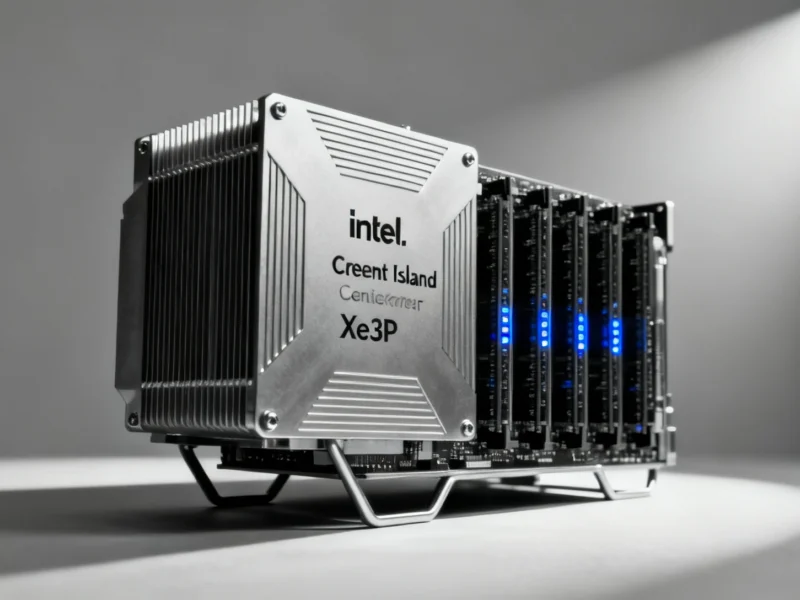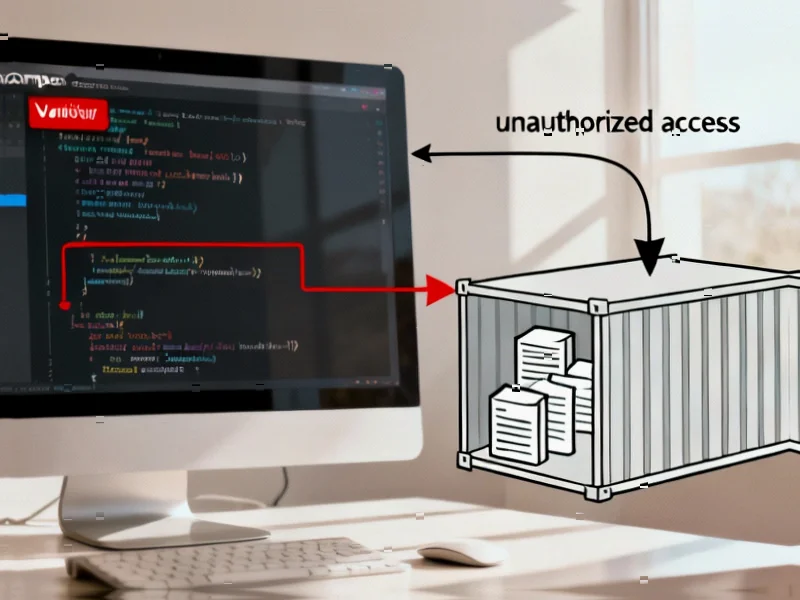According to XDA-Developers, Framework has created a unique position in the laptop market by focusing on DIY-friendly, serviceable devices with modular components. The company’s laptops feature swappable USB-C expansion cards that allow users to customize their port selection for different scenarios, including DisplayPort, USB-C passthrough, and Ethernet connections. This modular I/O system transforms how users approach connectivity with the same device, making it difficult to switch back to traditional laptops with fixed port layouts. While most modern laptops offer limited port selection, Framework’s approach provides flexibility without requiring bulky external docks. The technology leverages USB-C’s ability to handle power, data, video, and networking through a single connection type. This has led tech enthusiasts to question why desktop motherboards haven’t adopted similar modular port systems.
The Brilliant Simplicity
Here’s the thing about Framework’s approach – it’s one of those “why didn’t anyone think of this sooner?” ideas. Instead of being stuck with whatever ports the manufacturer decided you needed, you get to choose. Need more USB-A? Swap out a module. Heading to a meeting where you’ll need Ethernet? Pop in the network adapter. It’s basically like having a custom-built laptop without the permanent commitment.
And that’s what makes the current state of desktop motherboards so frustrating. We’ve got these massive boards with fixed I/O configurations that might not match what we actually need. Sure, you can add expansion cards, but that’s for internal components, not the everyday ports you’re constantly plugging and unplugging. The rear I/O panel has barely evolved in a decade beyond some color coding and integrated shields.
Desktop Revolution
Imagine if motherboard manufacturers took this concept and ran with it. Instead of buying a new board just to get faster networking or newer USB standards, you could just swap out the modular port cards. We’re talking about a fundamental shift in how we think about PC upgrades and customization.
PCI lanes could be routed to module slots, or we could use internal USB-C headers. The beauty is that it simplifies manufacturing too – instead of multiple SKUs with different port configurations, companies could make one board that works for gamers, workstation users, and casual builders alike. Everyone gets exactly what they need without paying for ports they’ll never use.
Beyond Convenience
This isn’t just about convenience though. There’s a serious environmental angle here. How much e-waste could we prevent if people weren’t replacing entire motherboards just to get updated ports? If a USB port fails – which does happen – you wouldn’t need to replace the whole board. Just swap the module.
And think about the possibilities if case manufacturers got involved. We could see standardized modular I/O on chassis themselves, creating a truly customizable connectivity experience. It feels like one of those obvious next steps that the PC industry has somehow overlooked while chasing bigger numbers and flashier RGB lighting.
Framework proved this model works in the laptop space, where space constraints are much more challenging. So why can’t we have this flexibility on desktops where we’ve got plenty of room to make it happen? It’s time for motherboard makers to take notice.




